Explore Iconic Movie Locations in Rome: A Cinematic Journey
Welcome to the Eternal City, where timeless architecture meets cinematic charm. Rome, a city steeped in history, art, and culture, has not only captivated the imaginations of travellers but also of filmmakers who chose this city as the backdrop for their visual storytelling. From the quaint neighbourhoods to the magnificent ancient ruins, Rome's urban landscape has played a pivotal role in bringing to life some of the most iconic scenes in the history of film.
Rome has been more than just a picturesque setting; it has been a silent character, a mood setter, and a source of inspiration that has continued to enchant and engage audiences throughout the decades, forever capturing a place in the annals of film history.
The Colosseum
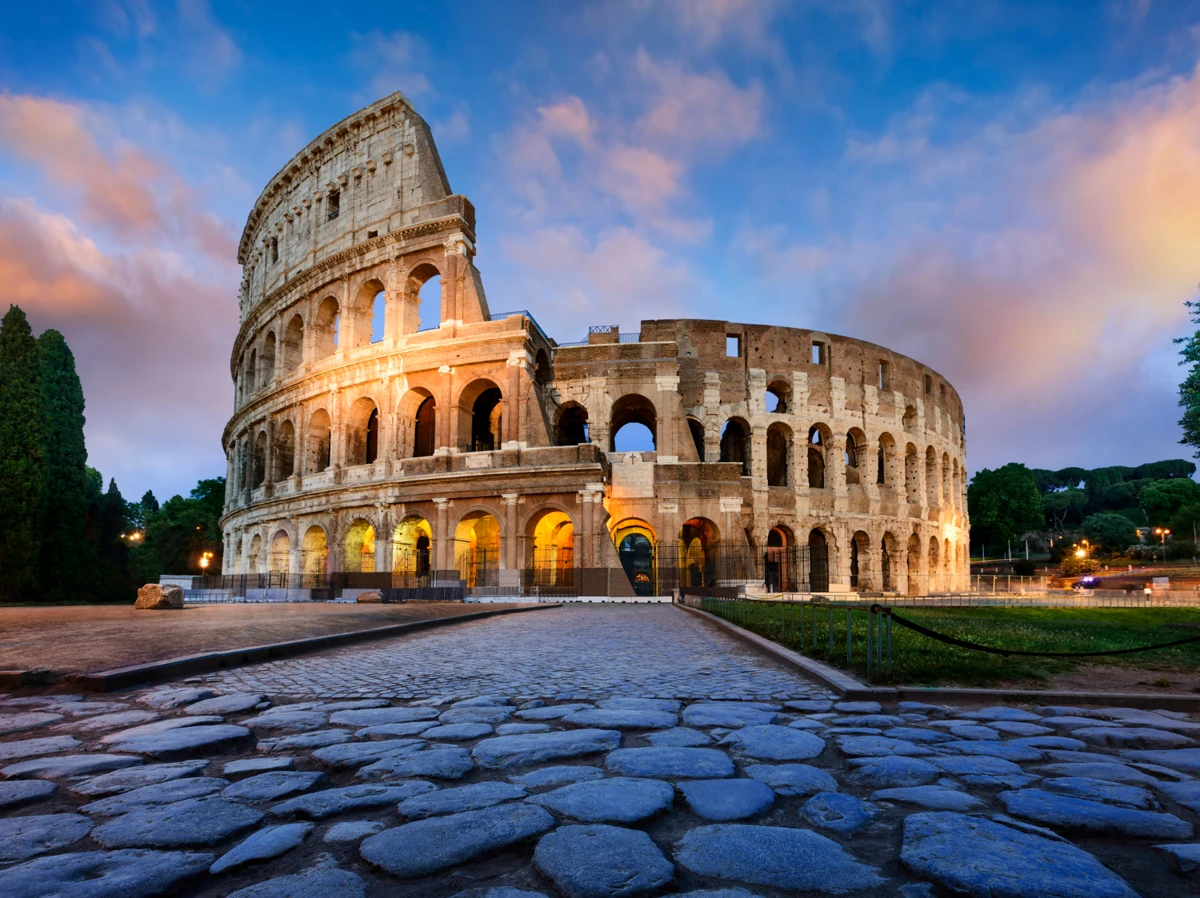
As an iconic symbol of Rome, The Colosseum has magnetized the film industry, offering a backdrop that exudes intensity and drama. In "Spectre" (2015), the 007 narrative sweeps through Rome's crowded streets and leads to the majestic Colosseum, where the juxtaposition of contemporary action with the ancient arena amplifies the thrill for viewers. Similarly, "The Fall" (2006) employed the Colosseum as a narrative stronghold, enchanting audiences with its timeless presence.
Moreover, the fantasy-action flick "Jumper" (2008) brilliantly utilized the Colosseum's mystique, marrying the location's historical gravity with the film's otherworldly concepts. These films not only depict a physical place but weave the powerful essence of Rome into their stories. This is storytelling at the crossroads of history and imagination, where the past and present blur into a captivating tale.
Trevi Fountain
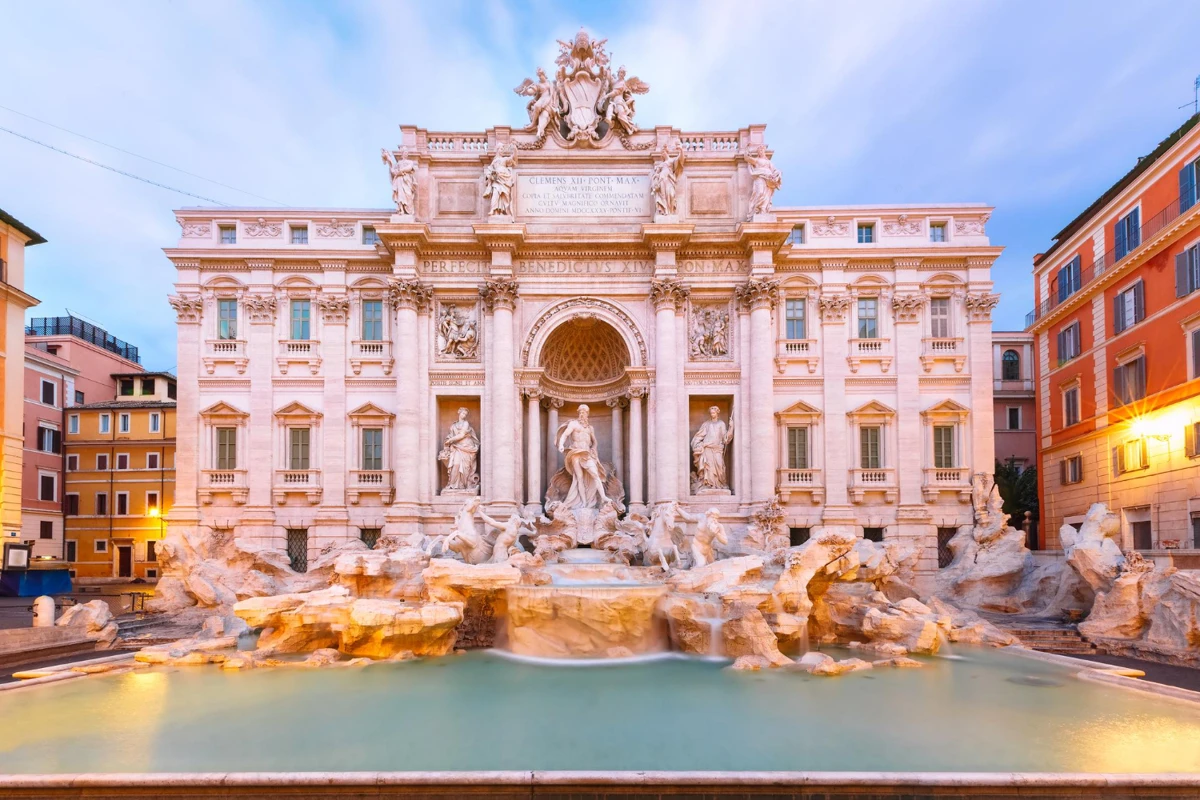
Nestled in the bustling heart of Rome, the Trevi Fountain stands as not only an iconic symbol of the city's elegant baroque artistry but also a backdrop to cinematic history. As you approach the mesmerizing cascade of water, you can almost hear the melodious soundtrack of La Dolce Vita (1960) echoing through the cobblestone streets. It is here where Anita Ekberg waded through the crystal water, creating one of cinema's most enduring images.
Likewise, the shimmering waters of the fountain played a pivotal role in the romantic 1950s hit, Three Coins in the Fountain (1954). This charming film invited viewers to believe in the magic of wishing upon the waters—each coin thrown promising a return to the Eternal City. From the glimmering scenes that capture the very essence of hope and yearning, the Trevi Fountain became more than just a structure; it became a character in its own right.
Years later, the silver screen revisited the iconic landmark in Sabrina Goes to Rome (1998), presenting a fresh narrative wrapped in the magic of this timeless city. The beauty of the fountain is not just in its baroque carvings; it also lies in its ability to capture the hearts of those who have seen it grace the silver screen, becoming a place of dreams, where art and life merge in a beautiful symphony.
Today, the allure of the Trevi Fountain transcends time, inviting travelers to step into a living story that continues to unfold. With every lovingly tossed coin, they partake in a tradition illuminated by film, enriched by history, and forever engraved in the heart of Rome.
The Spanish Steps
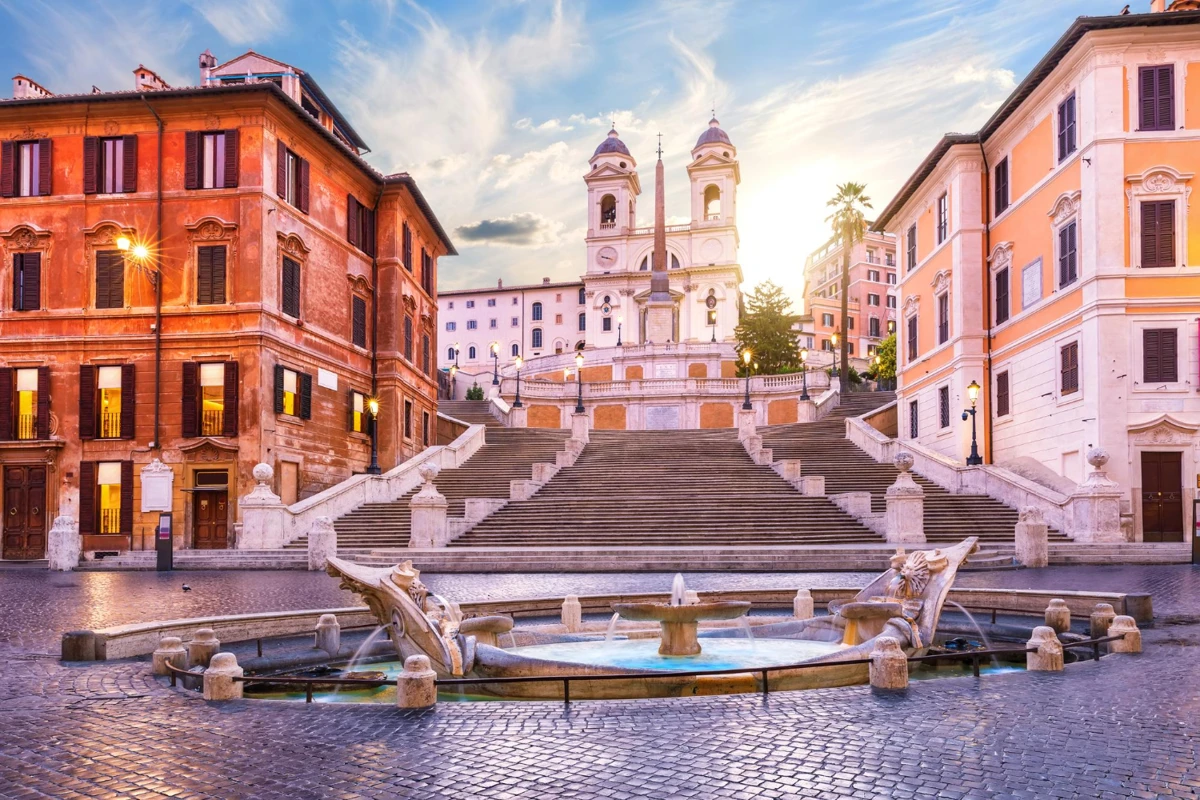
The Spanish Steps have been immortalized on the silver screen in the classic film "Roman Holiday" (1953), where Audrey Hepburn and Gregory Peck shared moments that have since become a part of cinematic legend. It was here, on these very steps, that the charm of Rome was perfectly encapsulated, making the city itself a character within the story. The steps also played a significant role in "The Talented Mr. Ripley" (1999), where the grandeur of the location added layers of allure and mystery to the film’s narrative.
As you ascend the Spanish Steps, you're not only retracing the strolls of iconic characters from beloved movies but also weaving your own story into the rich tapestry of Rome’s cinematic history. Each step is imbued with the echoes of laughter, whispered confessions, and the soft tread of lovers' footsteps, adding to the magic that makes this place a treasure trove of memories.
Piazza Navona
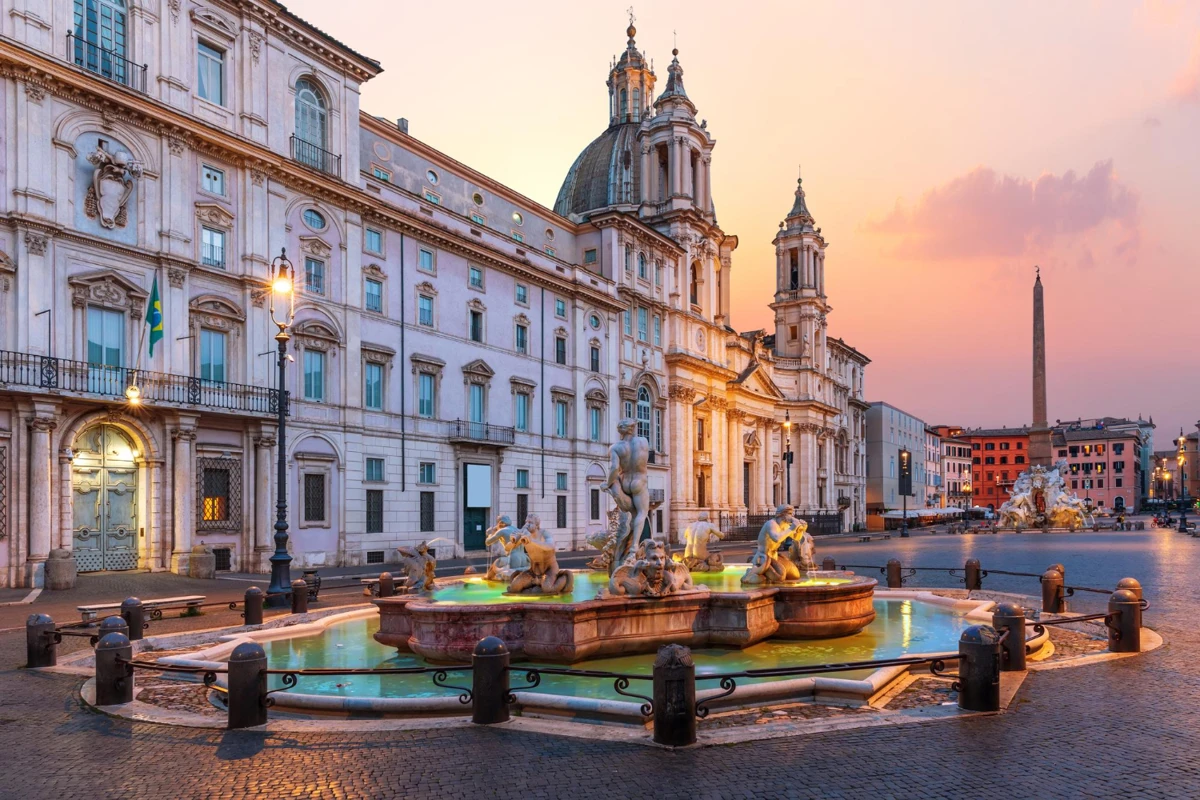
Amidst the timeless charm of Rome's architectural marvels, Piazza Navona stands out as an iconic square that has not only fascinated tourists but also filmmakers from around the globe. The baroque artistry of the fountains, the jovial street artists, and the bustling cafes make it not just a public space but a window into the soul of the Eternal City. This historical place has made a memorable appearance in the psychological thriller "The Talented Mr. Ripley (1999)", casting its enchanting spell on both the characters and the audience alike
The Pantheon
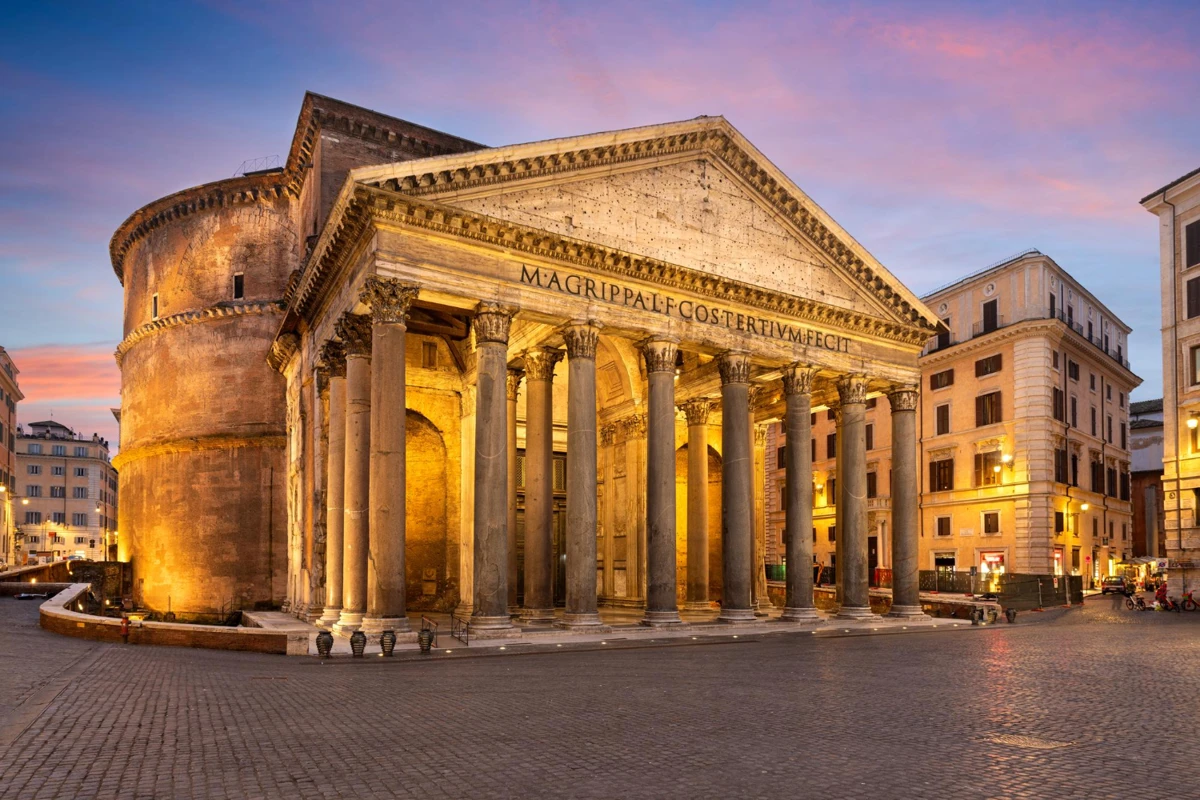
In the heart of Rome lies the Pantheon, a marvel of ancient architecture and a beacon for the film world. This former Roman temple, now a church, is famed for its magnificent dome and stands as a symbol of Rome's enduring legacy. It gained cinematic fame in the classic "Roman Holiday" (1953), starring Audrey Hepburn and Gregory Peck. This movie not only highlighted the Pantheon's architectural splendor but also wove it into a romantic narrative, forever changing our perception of this historical site.
The Pantheon, more than a backdrop in "Roman Holiday," became a character itself, intertwining Rome's historical grandeur with the film's intimate moments. For visitors today, the Pantheon offers a journey through time, echoing the laughter of Hollywood legends and inviting them to experience the same timeless beauty captured on film. It stands as a testament to Rome's cultural and cinematic heritage, a must-visit for travelers, film enthusiasts, and historians alike, ready to be captivated by its stories and splendor.
The Baths of Caracalla
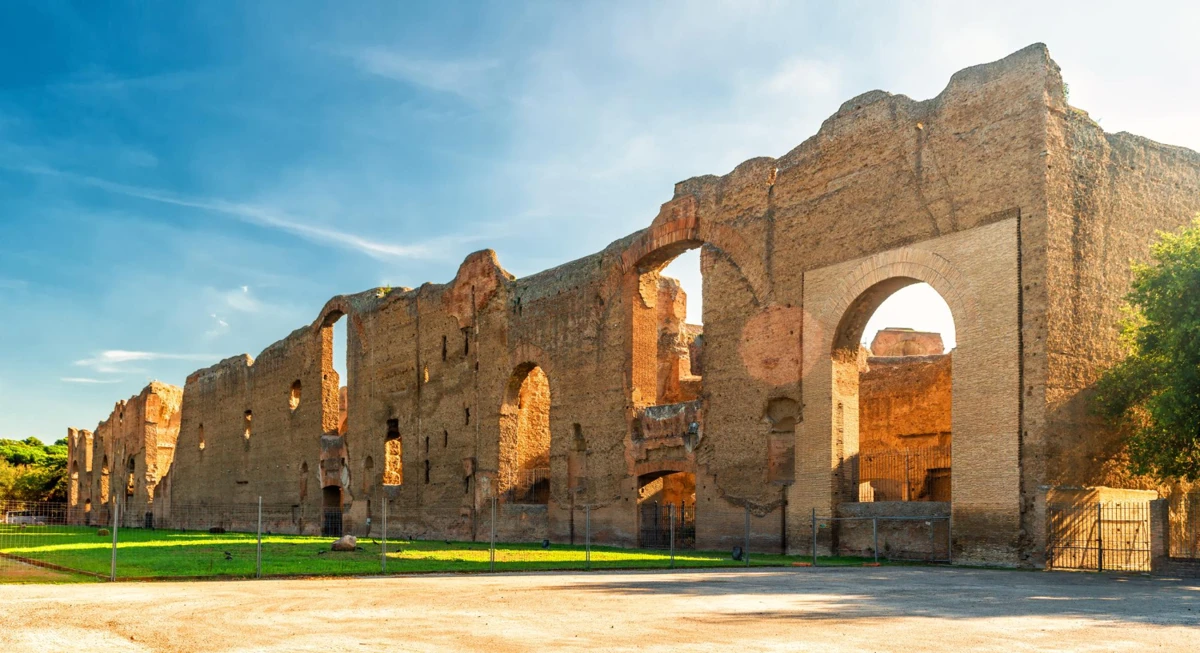
Rome, the Eternal City, is an enchanting blend of historical grandeur and cinematic allure. It's a city where ancient structures like The Baths of Caracalla don't just stand as relics of the past, but as vibrant film locations. For instance, this ancient thermal spa, once a hub of Roman social life, featured in "John Wick: Chapter 2" (2017), merging Rome's architectural prowess with modern cinematic excitement. As one of the most striking film locations in Rome, The Baths of Caracalla allow visitors to step into the world of movies, where the city's time-honored stones serve as a backdrop for thrilling action and storytelling.
Trastevere
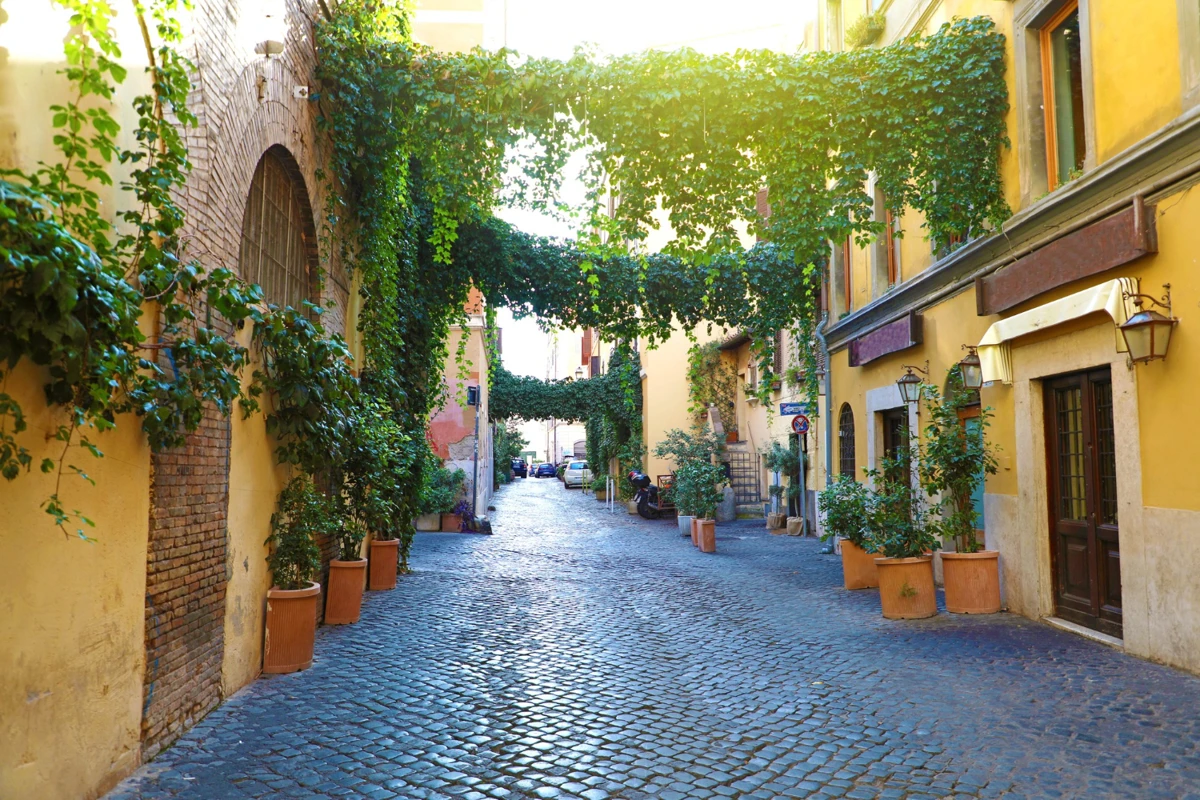
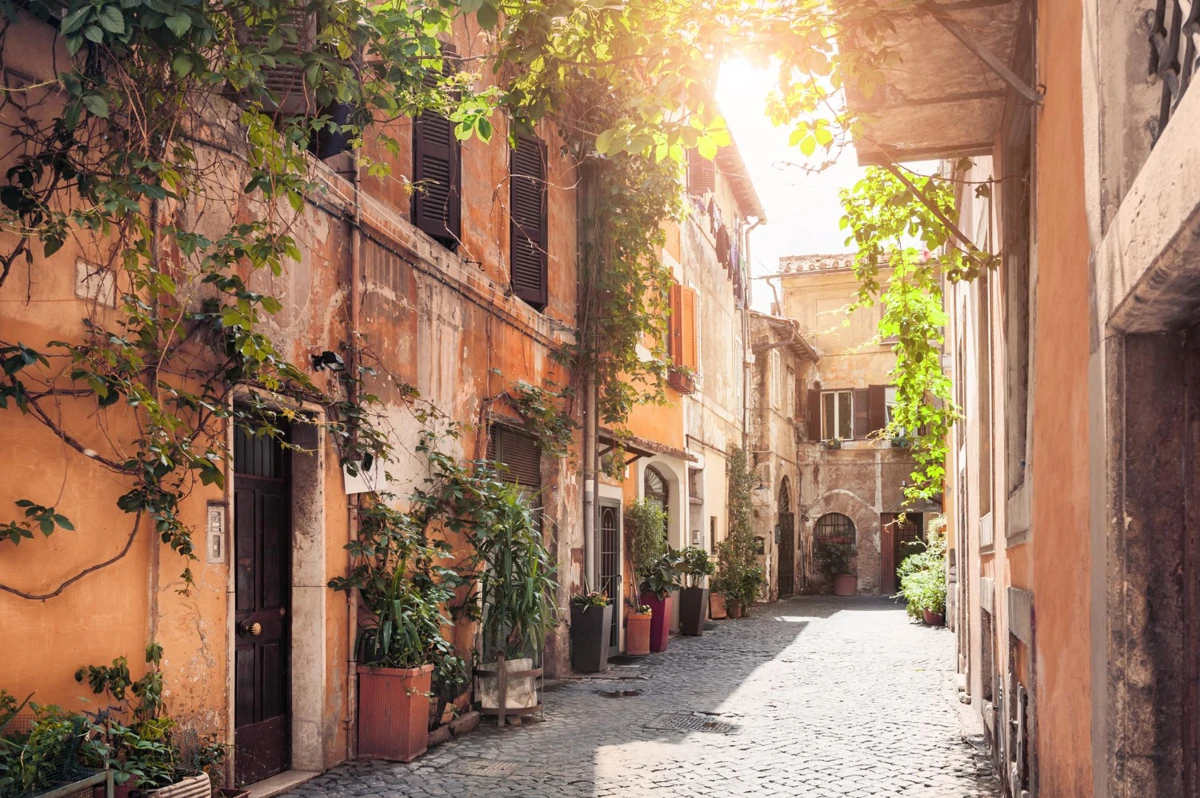
Trastevere, a picturesque neighborhood in Rome, stands out as a captivating film location, embodying the essence of Rome in contemporary cinema. Its cobblestone streets and historic charm have provided the perfect setting for movies like "Eat Pray Love" (2010) and Woody Allen's "To Rome with Love" (2012). This district's authentic atmosphere and scenic beauty make it more than just a backdrop; it's a character in itself, shaping narratives and adding depth to the cinematic experience. As a prime example of Rome's film locations, Trastevere invites visitors to immerse themselves in a world where the lines of movies and reality blur, offering a unique, story-rich experience in the heart of the Eternal City.
The Mouth of Truth
Pigneto
Pigneto, a neighborhood in Rome with a bohemian spirit, holds a special place in cinematic history, particularly for its portrayal in Pier Paolo Pasolini's "Accattone" (1961). This area, known for its atmospheric charm, offers a stark contrast to Rome's grandeur, providing an authentic glimpse into the city's daily life. As one of the renowned film locations in Rome, Pigneto not only appeals to cinephiles but also represents the city's diverse character. For those exploring Rome, a visit to Pigneto is a journey through a cinematic landscape, a testament to the city's rich and varied narrative as captured on film.
Fontana dell'Acqua Paola
Overlooking Rome from Janiculum Hill, the Fontana dell'Acqua Paola is more than a monumental fountain; it's a character in the cinematic narrative of "The Great Beauty" (2013). This fountain, with its cascading waters and storied history, has captivated filmmakers and audiences alike, symbolizing Rome's beauty and melancholy. As one of Rome's iconic film locations, it invites visitors to step into scenes of reflective contemplation, walking in the footsteps of directors and characters who have brought life to its marble and granite backdrop. The Fontana dell'Acqua Paola embodies Rome's artistic soul, forever intertwined with the city's cinematic legacy.
Through our exploration of these famous movie locations, we've walked the same paths as iconic characters and been given a rare glimpse into the heart of Rome, as seen through the camera's lens. The films may fade to black, but the stories they tell within the embrace of Rome's landmarks will continue to intrigue and captivate audiences, generation after generation.